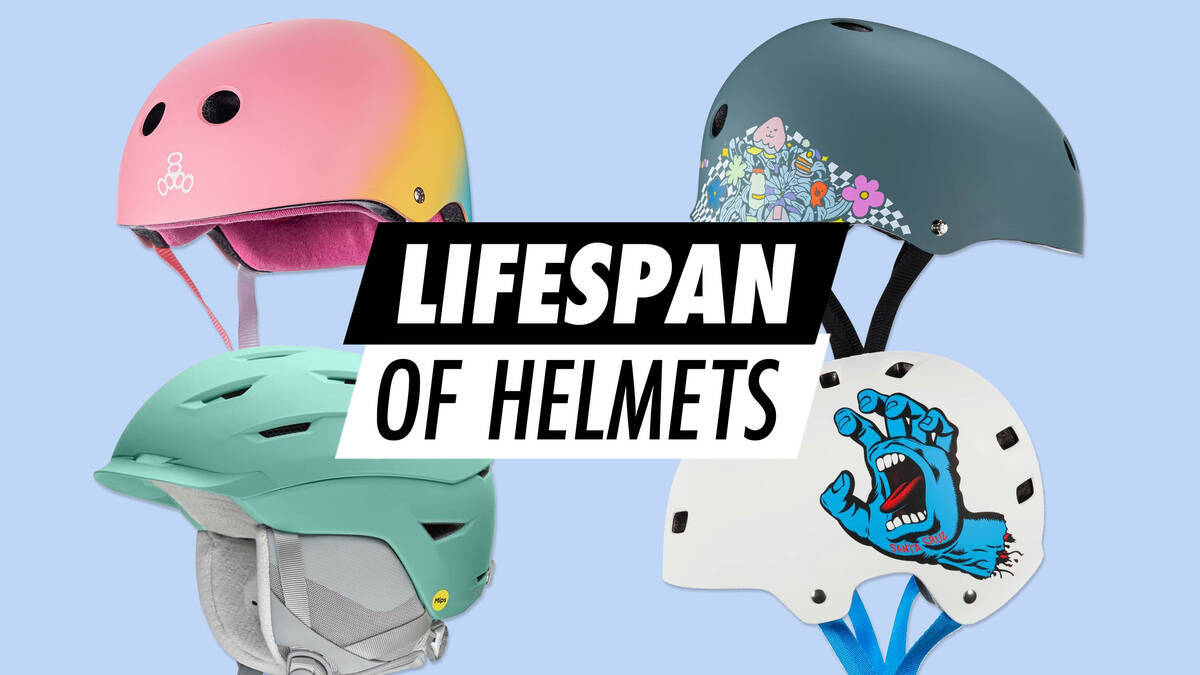Helmet Longevity

Replace your helmet if there are any fractures or dents, ensuring the buckle, straps, and any size-adjustment mechanisms are intact.
Whether it's a skate or bike helmet, it won’t last indefinitely. Hence, it is essential to be attentive to deterioration and damage, as these impair the helmet’s protective efficiency.
When is it time to replace your helmet?
All cycling or skateboarding helmets ought to be replaced following a substantial impact, even if damage isn’t immediately apparent. An undetectable break may be present inside. Perspiration can degrade the foam of the inner shell, which aids in absorbing shock. Any indication of foam wear or cracks necessitates replacing the helmet.
It is advisable to replace your helmet every five years with regular use.
With children, it’s crucial to ensure the helmet continues to fit appropriately as they grow.
How do you inspect your helmet?
If you can affirm any of these queries, it indicates that your skate or bike helmet is in poor shape and should be replaced.
- Does the exterior shell exhibit any fractures, scrapes or dents? Inspect the exterior. Fading of the colour could suggest the plastic has been weakened by UV exposure and the elements, necessitating helmet replacement.
- Is there evidence of cracking or ageing in the internal shell? Check inside the helmet by removing the padding and inspecting the inner shell.
- Do the buckles and straps function inadequately? Ensure the buckles snap together effectively and that the straps remain intact and undamaged.
- Are there difficulties in adjusting the size with the system? Certain helmets feature a rotary buckle at the rear, allowing size adjustments for a snug fit. If this mechanism fails, the helmet should be replaced.
